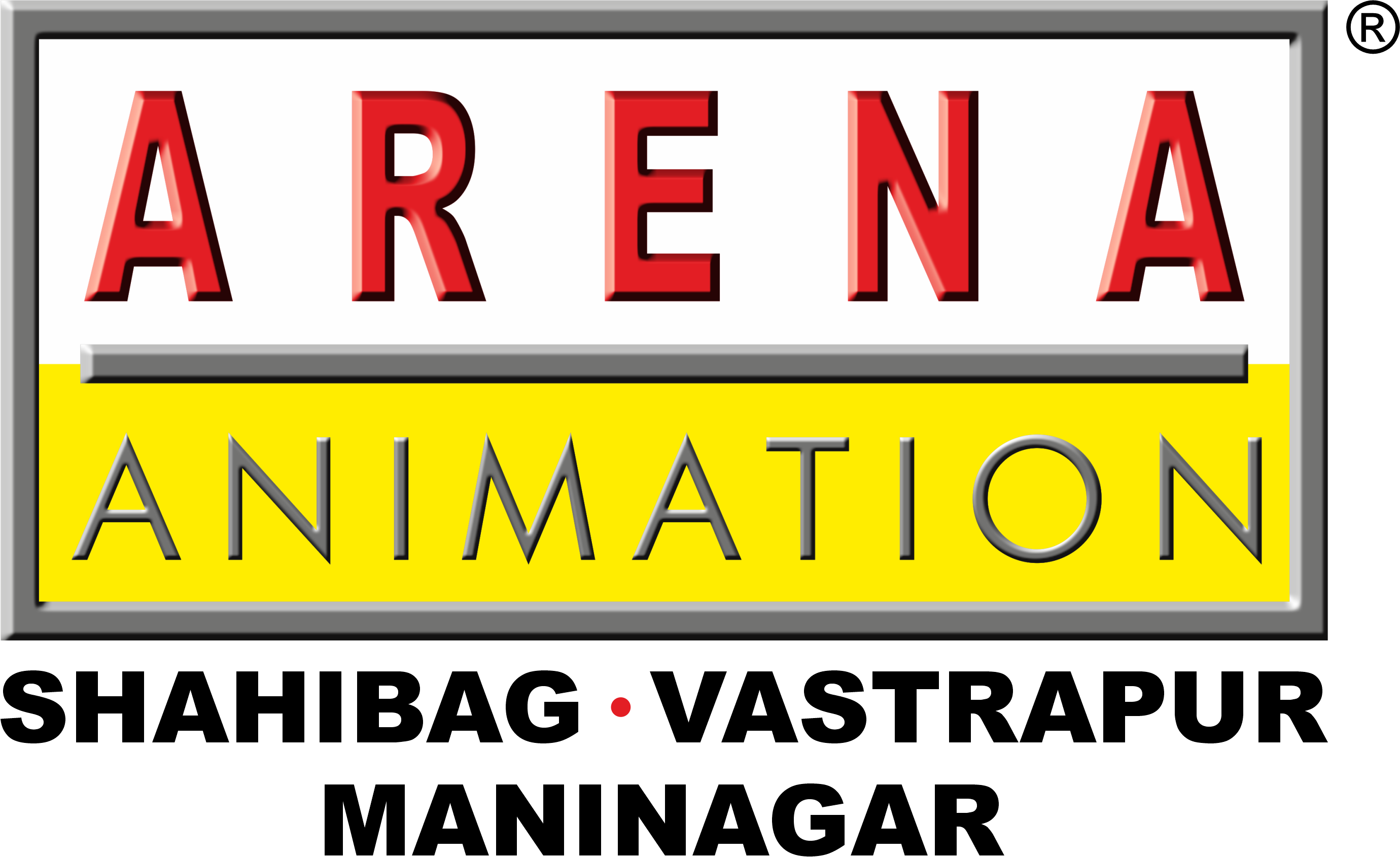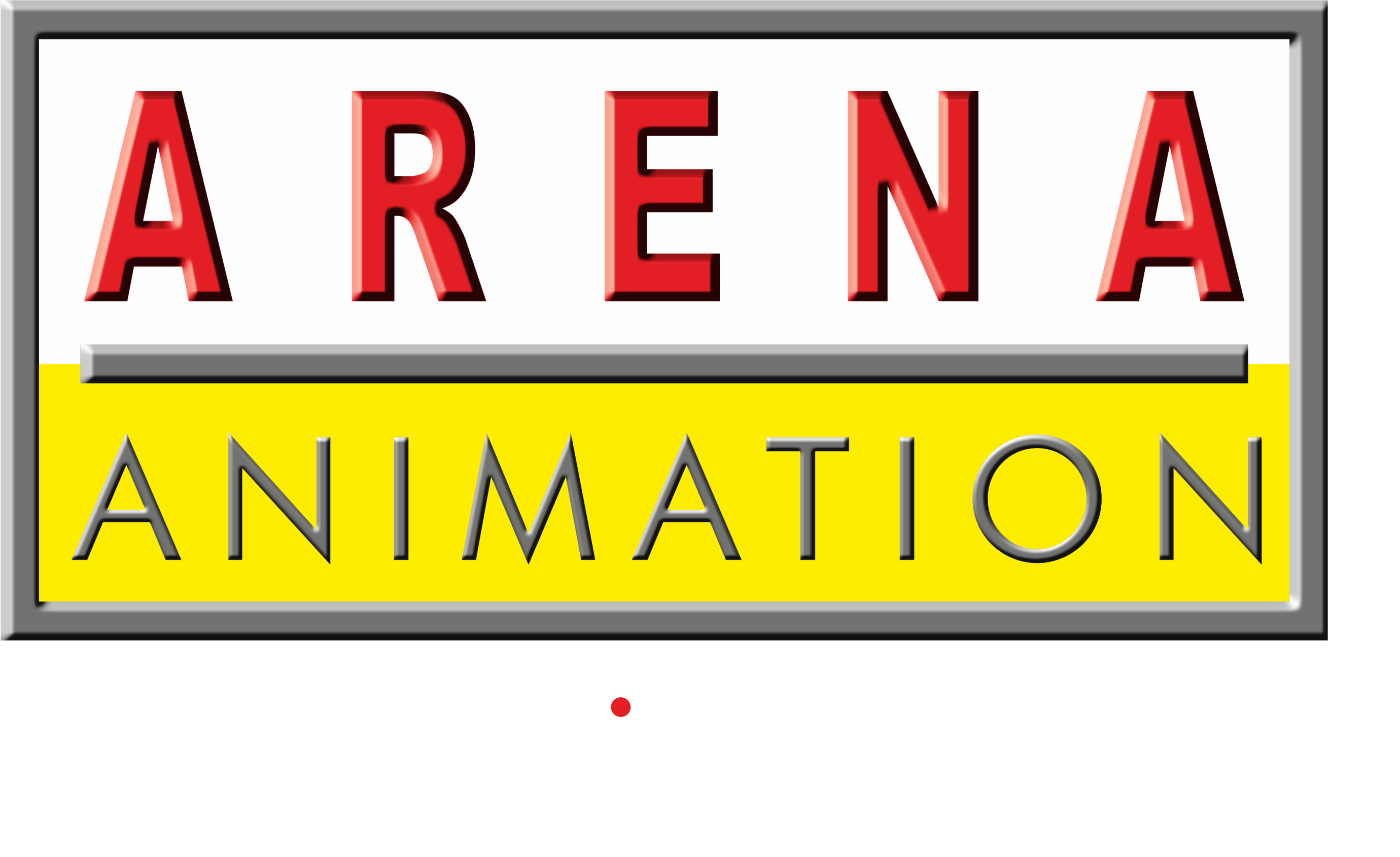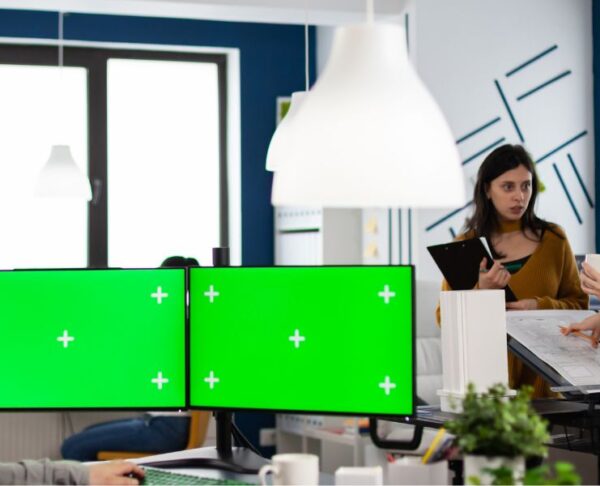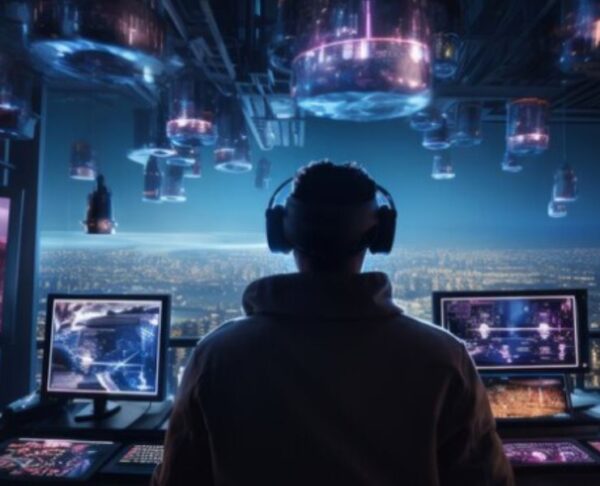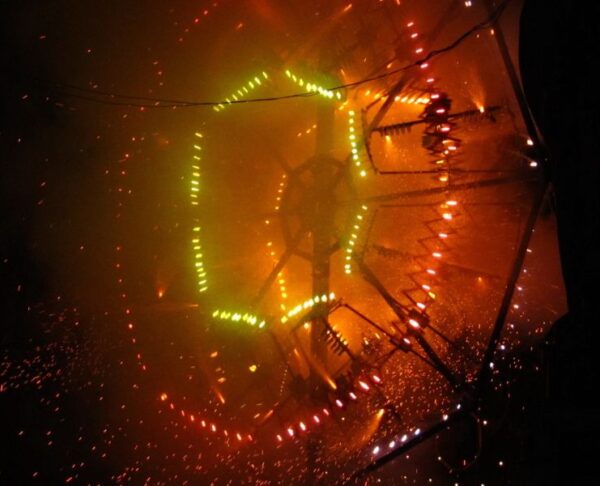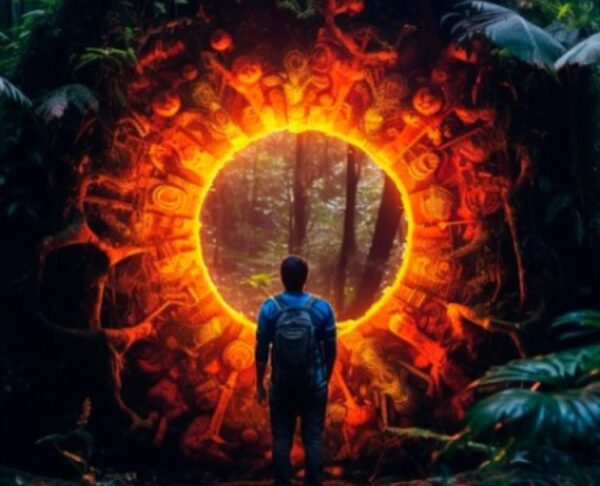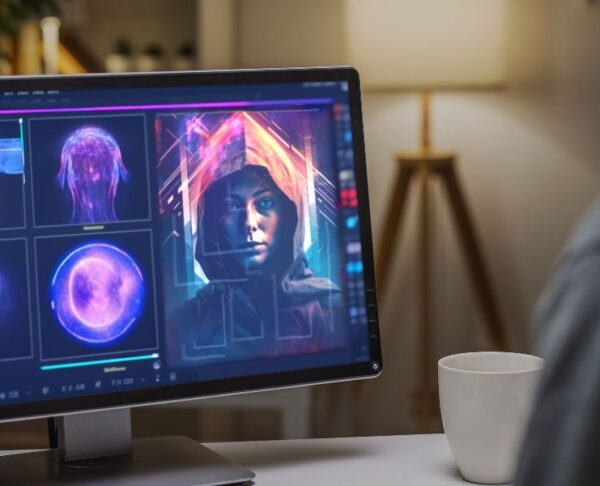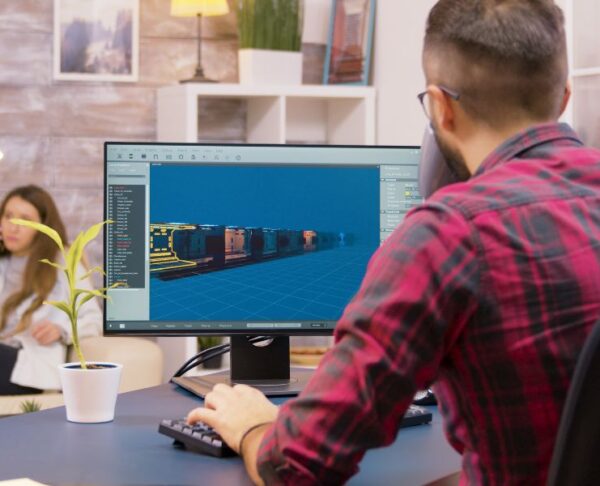VFX and Motion Graphics Course using Adobe After Effects at Arena Animation Ahmedabad
With the increasing demand for visual narration in this new landscape, VFX and motion graphics have become more in vogue. Arena Animation Ahmedabad’s VFX and Motion Graphics Course is a course for those who want to produce excellent visual content with Adobe After Effects using all the tools and techniques. This course is for those who have a dream to enter the world of animation and visual effects, making them professionals who can venture into this exciting, high-competition world. Being one of the best VFX institutes in Ahmedabad, Arena Animation provides its students with full-fledged learning experiences and exposure that can make its alumni successful enough in their creative careers.
Course Highlights
The course VFX and Motion Graphics at Arena Animation Ahmedabad is structured to provide students with a complete understanding of the software and its usage. It encompasses some of the following few key highlights:
Hands-on training: This will enable students to put their hands on practice, applying in real time what they have learned in class, thereby giving them a robust understanding of both basic and sophisticated techniques.
Subject Matter Experts: The course specialists teaching are industry experts with years of experience in graphic design and animation, therefore providing the students insight into best practices and the latest trends in the industry.
Project-Based Learning: This is where the student runs through an array of projects that test their creative thinking and their technical aptitude. It not only cements their understanding but also helps build a very impressive portfolio to present their capabilities before potential employers.
Access to resources Enrollees have access to the latest software and tools as well as an extensive inventory of learning materials, including tutorials, lectures, and online resources.
Course Curriculum
This curriculum covers a range of topics needed in the development of skills in VFX and motion graphics:
Introduction to Adobe After Effects: Learn about the interface and tools that this software offers while laying a foundation for advanced knowledge.
Basics of Animation: Understanding basic animation principles or timing, spacing, and motion is crucial in producing good fluid and engaging animations.
Motion Graphics Design: An understanding of how to animate graphics, for example, typography animation, logo animation, and infographic design.
Visual Effects Techniques: With a great deal of detail, look at sophisticated composing, rotoscoping, green-screen effects, and other effects to develop visual masterpieces.
Color Correction and Grading: How color can be used in visual narratives and improve the aesthetic quality of a project.
Audio Integration: Learn how to insert audio and music into a project to make the overall visual effect more positive.
Career opportunities
After the completion of the VFX and Motion Graphics Course, one can do all sorts of interesting jobs, like:
Motion Graphic Designer: Created the look and feel for motion graphics and other media.
VFX Artist: Expert in the field of creating visual effects with films, commercials, and video games or building everything from fire and smoke to magic spells.
Animator: Using powerful animation techniques like computer animators brings their characters and scenes to life on the screen like that in film, games, and other types of media.
Compositor: Incorporate visual elements from various sources into a single image with a seamless final effect.
Graphic Designer: Implement design skills to create stylized content across print and digital media.
Conclusion
The VFX and motion graphics course Arena Animation Ahmedabad is one grand opportunity for all the animation enthusiasts to carry the excitement of animation and visual storytelling with them. As a leader in the field of visual effects, Arena Animation, being called the best institute for VFX in Ahmedabad, offers unparalleled learning and resources for students.
Whether you are just starting out or wish to build on your skills, this course will give you the information and resources needed to succeed in the ever-changing world of animation and design. Join one of Ahmedabad’s best graphic design courses to transform your creative dreams into a fulfilling career. Explore the possibilities today and take the first step toward an exciting future in VFX and motion graphics!
